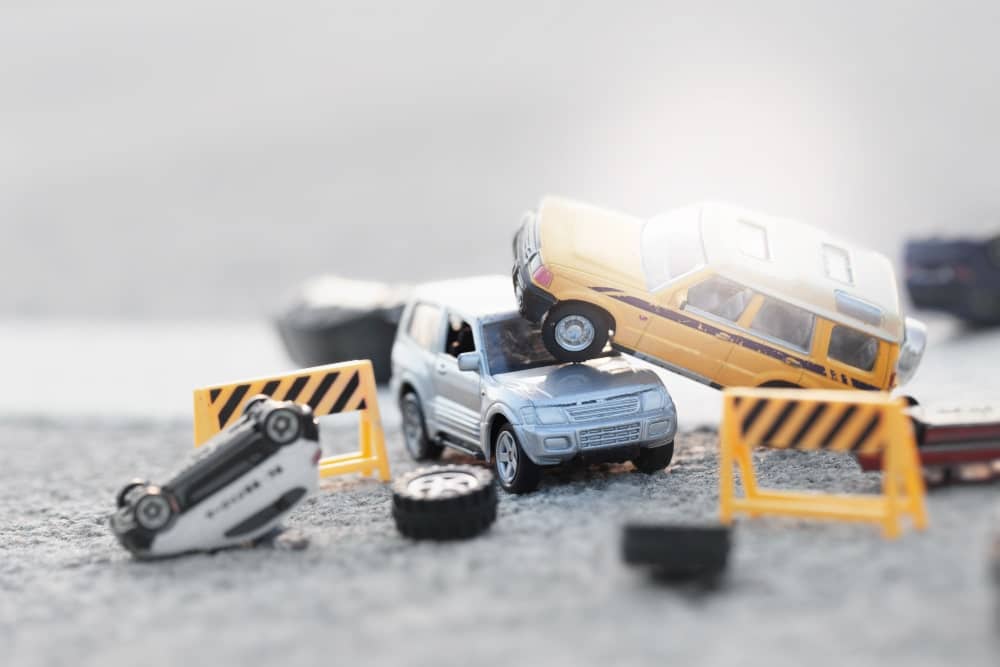Construction zones are a common sight on Ontario’s roads, especially during the warmer months when major repairs and upgrades are underway. While these zones are essential for maintaining infrastructure, they also pose increased risks for motorists. Narrowed lanes, sudden stops, reduced speed limits, and unclear signage can all contribute to serious accidents.
When a crash occurs in a construction zone, the question of who is liable can become complex.

In Ontario, liability for a car crash generally falls on the at-fault party – the party whose negligence caused or contributed to the collision.
When a collision occurs in a construction zone, there could be more than one party at fault. The party that is deemed to be at-fault could be any of the following:
Drivers are expected to exercise extra caution in construction zones. Failing to reduce speed, follow detour signs, or keep a safe distance can be considered negligent behavior. Distracted driving and aggressive maneuvers, such as sudden lane changes or tailgating, often lead to rear-end collisions or side-swipes in these areas.
If a construction company fails to maintain a safe work zone—such as by providing inadequate signage, improper lane markings, or leaving debris on the road—they may be partially or fully liable for resulting accidents.
The Occupational Health and Safety Act and regulations under the Ministry of Labour set strict standards for road work zones.
The government may be held liable if it failed in its duty to maintain safe road conditions, approve proper traffic control plans, or supervise contractors. That said, claims against municipalities in Ontario are subject to strict notice periods—often just 10 days after the incident—so it’s critical to act quickly.
Other road users—including commercial truck drivers, cyclists, and even pedestrians—can also be held liable if their actions contributed to the crash. Liability often depends on the unique facts of the case.

Establishing fault in a construction zone collision often requires a detailed investigation. Important evidence may include:
Preserving this evidence is critical which is why speaking to a lawyer early is important.
If you or a loved one has been injured in a construction zone accident in Ontario, don’t delay. Liability can be complicated, but you don’t have to face it alone. Contact Bergeron Clifford LLP and let our experienced personal injury lawyers help protect your rights and pursue the compensation you deserve.

Casey Dorey is an associate lawyer at Bergeron Clifford LLP. He works primarily in Kingston but travels across Eastern Ontario.
Casey obtained his LL.B from the University of Leicester, United Kingdom, with First Class Honours. While in law school, Casey was a Moot Court champion and represented the school externally in London, England. He was also awarded the Canadian Spring Scholarship.
He has appeared before the Ontario Superior Court of Justice, Small Claims Court, Criminal Injuries Compensation Board, and the Social Security Tribunal.